
Animal
17:26, 24-Feb-2019
Life Below Water: Saving the smiling Yangtze finless porpoise
Updated
10:53, 28-Feb-2019
By Zhao Ying
00:45
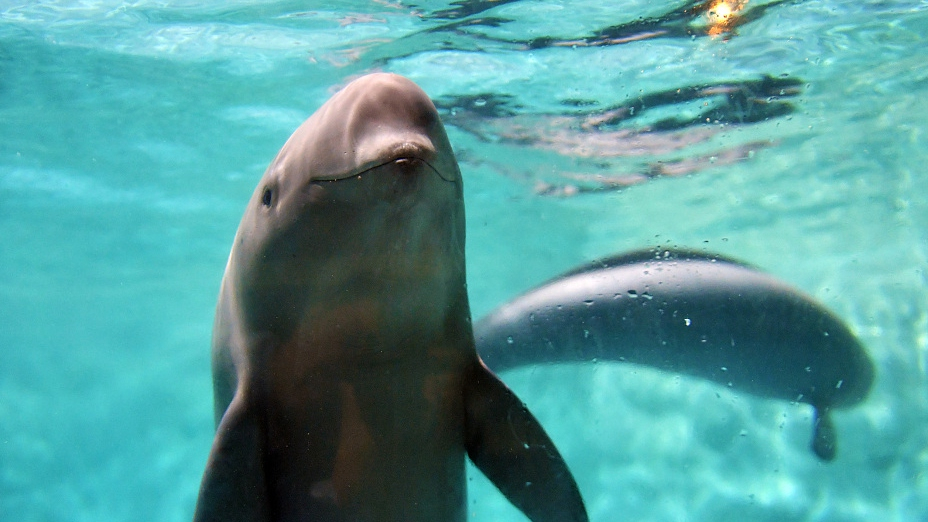
Hailed a "river pig" by some locals, the Yangtze finless porpoise in ancient Chinese paintings was depicted with a pig face and a fish body. Having lived on earth for over 25 million years, this species of porpoise with its iconic smile will possibly be extinct in just 10 years, experts predict.
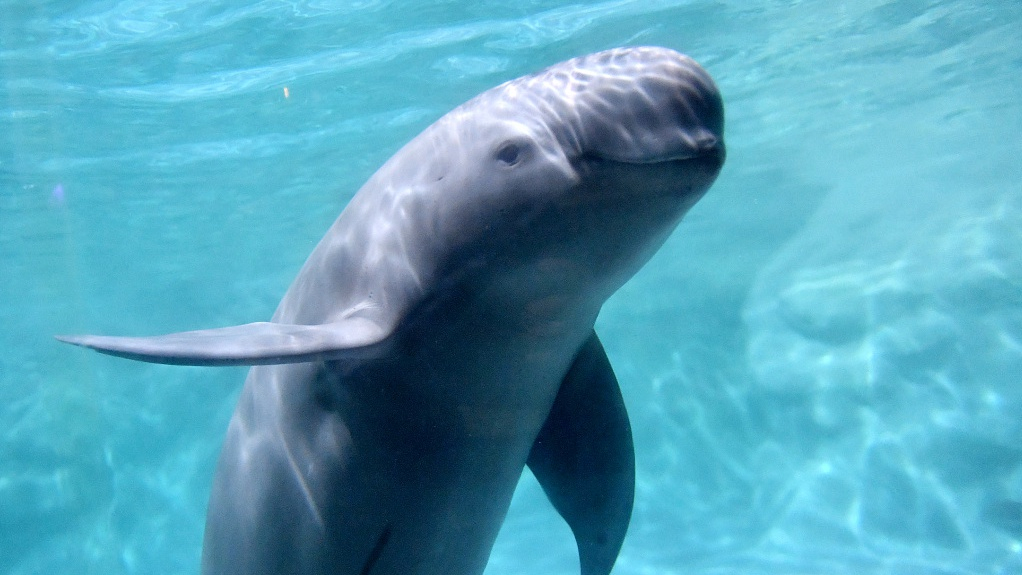
A Yangtze finless porpoise smiles at the camera in an aquarium in central China's Henan Province. /VCG Photo
A Yangtze finless porpoise smiles at the camera in an aquarium in central China's Henan Province. /VCG Photo
The Yangtze porpoises can be found in fresh water along the coastline of the Indo-Pacific Ocean, and they live only in the middle and lower reaches of the Yangtze River and some associated lakes.
As its name suggests, the finless porpoise is the only porpoise without a true dorsal fin. Although they have small eyes and poor eyesight, they can navigate by echolocation as other whales and dolphins do. Fish, shrimp, and squid are their favorite food.
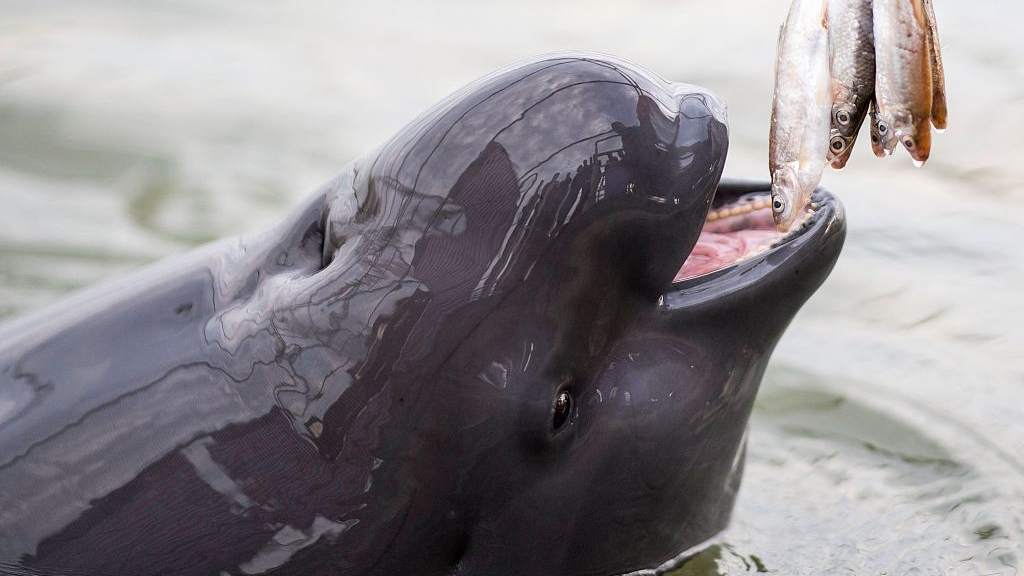
A Yangtze finless porpoise at Tian'ezhou National Nature Reserve in central China's Hubei Province. /VCG Photo
A Yangtze finless porpoise at Tian'ezhou National Nature Reserve in central China's Hubei Province. /VCG Photo
The number of the Yangtze finless porpoises fell by nearly half from 2006 to 2012 to an estimated 1,040. It is estimated that there were 1,012 wild ones living in 2017. According to a study, there are more male Yangtze finless porpoises born year by year. The imbalanced birth rate would also influence the continuation of the species.
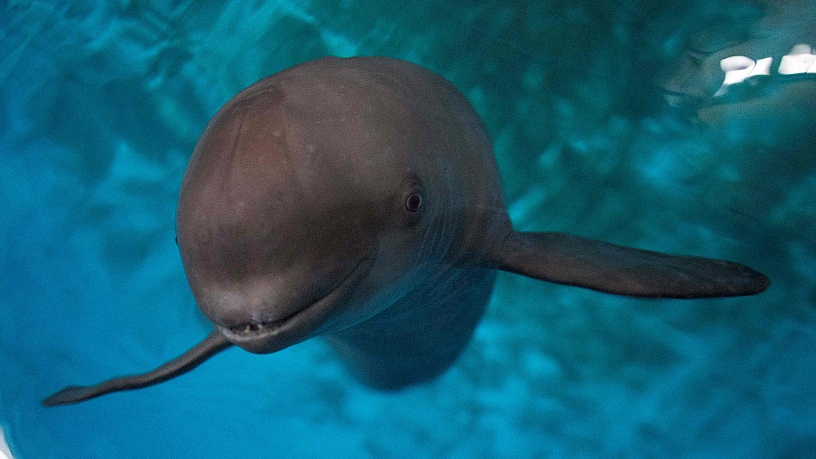
A Yangtze finless porpoise at Baiji dolphinarium in Wuhan City, Hubei Province. /VCG Photo
A Yangtze finless porpoise at Baiji dolphinarium in Wuhan City, Hubei Province. /VCG Photo
Along with the development of the fishing and shipping industries in the Yangtze River, the living area of the Yangtze finless porpoise has deteriorated over the years. Overfishing, hydroelectric dams, and pollution are their nightmares. The noise made by large vessels also hurt the sonar ability of baby porpoises.
Currently, the Yangtze finless porpoises are under second-class state protection in China. Last year, two members of the national committee of the CPPCC proposed that their protection status be upgraded to first-class considering their endangered condition.
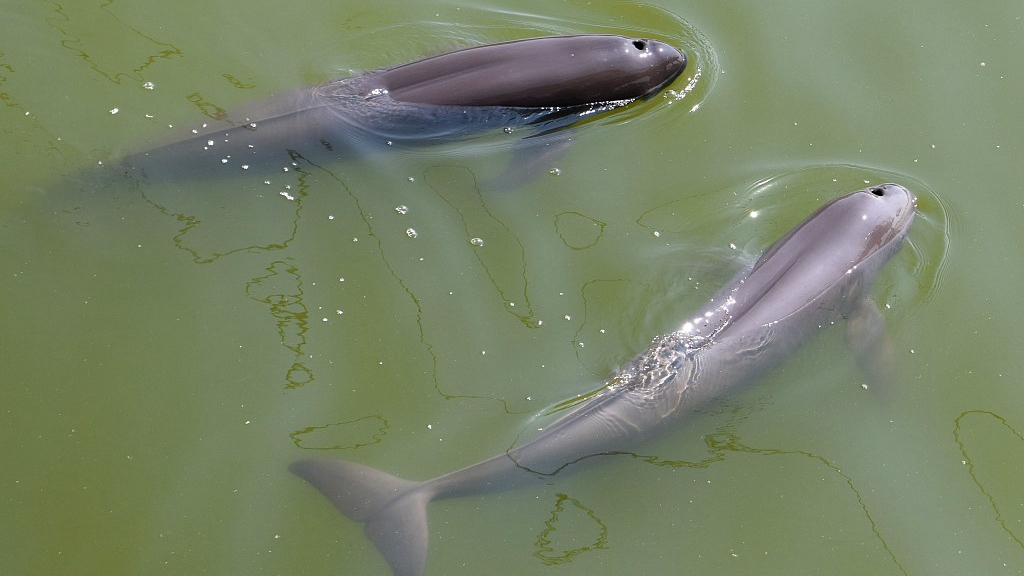
Yangtze finless porpoises in the nature reserve in east China's Anhui Province. /VCG Photo
Yangtze finless porpoises in the nature reserve in east China's Anhui Province. /VCG Photo
China has established three finless porpoise nature reserves in traffic-free areas of the Yangtze River in Hubei, Hunan and Anhui provinces. From time to time, staff would release Yangtze finless porpoises in nature reserves back to the mainstream of the Yangtze River for the sake of their population recovery.
Life Below Water
World Wildlife Day was established by the UN in 2013 to raise people's awareness of protecting wild animals and plants on Earth. This year on March 3, the theme is “Life Below Water: For People and the Planet.” In this series, we're presenting the diverse marine lives in China, focusing on the endangered ones such as the Yangtze finless porpoise and spotted seals that are in need of protection by the government, NGOs and individuals.
(Cover photo via VCG)
(If you want to contribute and have specific expertise, please contact us at nature@cgtn.com.)

SITEMAP
Copyright © 2018 CGTN. Beijing ICP prepared NO.16065310-3
Copyright © 2018 CGTN. Beijing ICP prepared NO.16065310-3